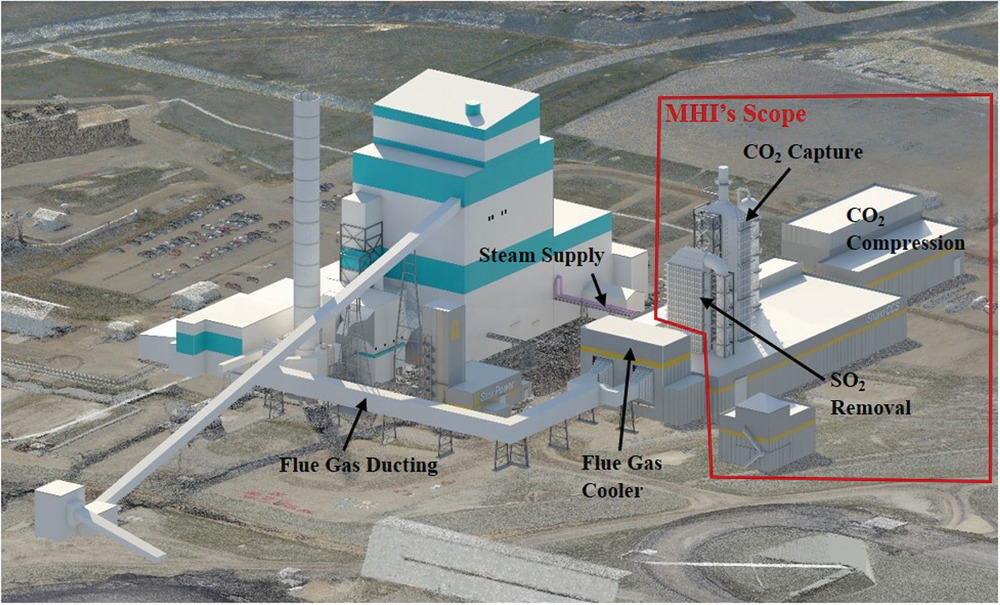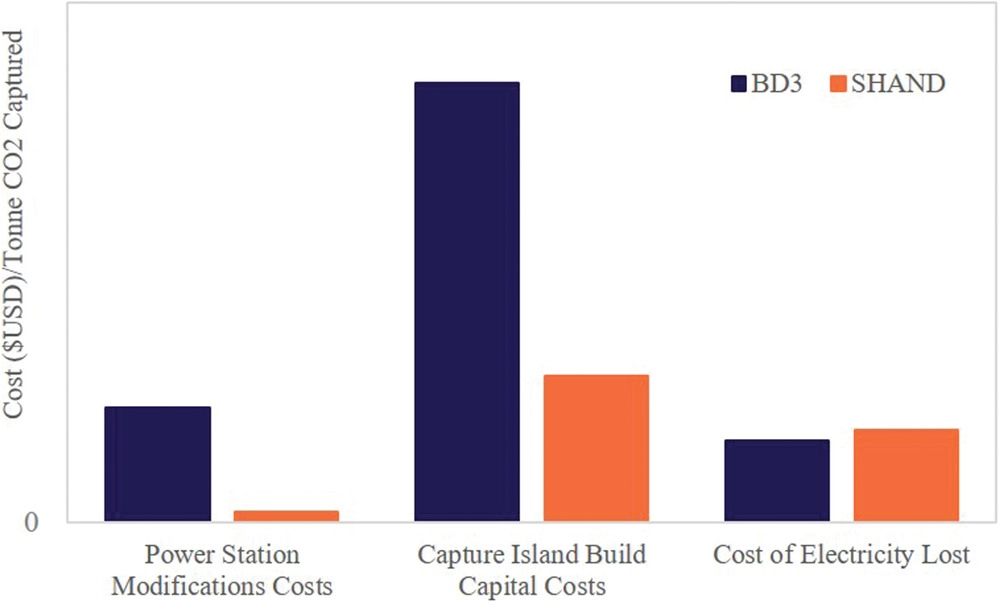On the last leg of my Master’s degree and eager to make my transition from academia to industry, I began work as an EIT (Engineer in Training) at the International CCS Knowledge Centre (Knowledge Centre) in July of 2017, an exciting time to begin my professional career. My research had led me to understand the significant role that carbon capture and storage (CCS) has to play in greenhouse gas emissions reductions. So, I embraced stepping up to the role of Junior Project Manager of the Shand CCS Feasibility Study (Shand Study). I knew this study would be important, both on a corporate level and on a personal level but (at the time) I had yet to grasp its significance.

Key Outcomes of the Shand Study and their Significance to the CCS World
While no decision has been made by SaskPower, the learnings from the Shand Study ?— completed to the American Association of Costing Engineers (AACE) guidelines for a class 4 estimate ?— showing that the facility could see a nominal capacity to capture 2 million tonnes of CO2 (Mt) per year is significant. The key outcomes of the Shand Study, include:

The Importance of Peer Review
The peer review designation is important as it signifies that work presented in a peer reviewed journal meets the standards and acceptance of the academic and research community. Once papers achieve this designation they can be cited in other reports and reviews, such as the reports done by the Intergovernmental Panel on Climate Change (IPCC). A public version of the Shand Study was released as a 124-page document in November of 2018. This document presented the non-confidential details of the study. It was important to have the findings of the Shand Study achieve peer review status.
Two papers involving each of the designs for the heat rejection system and the thermal integration and analysis were published previously in the International Journal of Greenhouse Gas Control and can be found here. However, it was desired to have the entirety of the findings of the Shand Study “re-packaged” in the peer reviewed format. Due to the proprietary nature of the capture technology evaluated in this study, it was challenging to write a manuscript suitable for publication. To achieve this, we acquired the guidance of Tim Dixon (IEAGHG) and Katherine Romanak (University of Texas at Austin). These two outstanding mentors (both of whom are immensely accomplished in their respective fields) provided me with guidance and helped shape the paper as stands in its current format. I am very appreciative of the time they took to guide this to completion.
My Message to You, the Reader
This published, peer reviewed, paper is what I like to affectionately refer to as the “SparkNotes” version of the Shand CCS Feasibility Study. A “spotlight” format was chosen in preparing the manuscript for this paper. This spotlight format included a relatively lower word limit of 4000 words. Although challenging, this restriction afforded me the opportunity to practice using precise language in summarizing the key highlights of the original 124 paged document. I’m very proud of how this paper reads and I am very excited for you to read it.